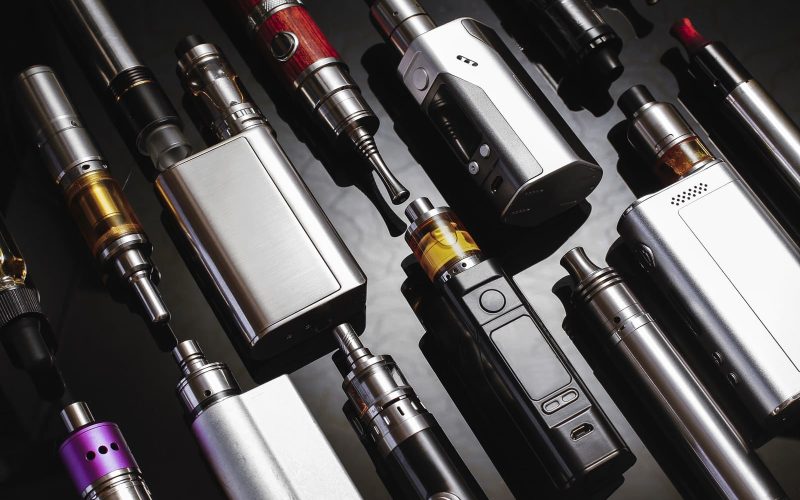Introduction
Understanding the dynamics of particle inhalation during vaping is essential for assessing its potential impact on respiratory health. This guide provides an in-depth exploration of the particles generated during vaping and their implications.
1. Aerosol Formation: From Liquid to Vapor
Examine the process by which e-liquid transforms into an inhalable aerosol. Understanding this conversion sheds light on the nature of the particles being inhaled.
2. Particle Size Distribution
Dive into the range of particle sizes produced during disposable vape brands. This section explores how particle size affects deposition in the respiratory tract and potential health outcomes.
3. Fine Particles vs. Coarse Particles
Differentiating between fine and coarse particles is crucial for evaluating their potential impact on respiratory health. Explore how these particle categories interact with the respiratory system.
4. Lung Deposition Patterns
Understanding where inhaled particles are likely to deposit within the respiratory tract provides insights into potential health effects. This section delves into deposition patterns and their implications.
5. Nicotine Absorption and Particle Inhalation
Nicotine absorption is closely linked to the inhalation of particles. Gain insight into how nicotine is delivered to the bloodstream through particle inhalation during vaping.
6. Chemical Composition of Aerosol Particles
Examine the composition of aerosol particles, including nicotine, flavorings, and potentially harmful chemicals. Understanding the makeup of these particles is crucial for assessing potential health risks.
7. Particulate Matter and Health Implications
Explore the potential health effects associated with inhaling particulate matter from vaping. This section provides a balanced perspective on the respiratory risks associated with vaping.
8. Risk Mitigation Strategies
Given the potential respiratory risks, it is essential to consider strategies for minimizing harm. This may include adjustments to vaping behavior, device selection, and choice of e-liquids.
Conclusion: Informed Decision-Making
A nuanced understanding of particle inhalation dynamics during vaping empowers individuals to make informed decisions about their nicotine consumption. By recognizing the complexities of aerosol formation and deposition, users can take proactive steps to prioritize their respiratory health. Responsible vaping involves a balance of enjoyment and vigilance towards potential risks.
